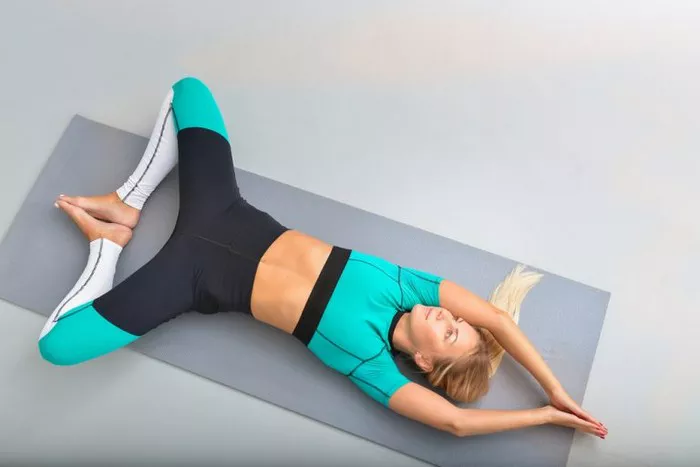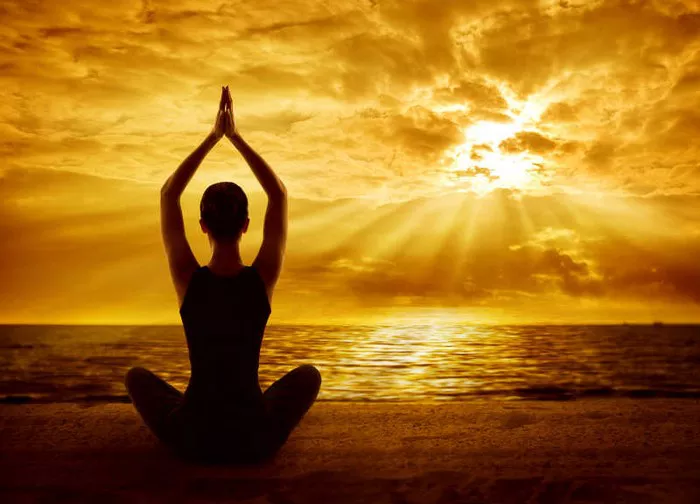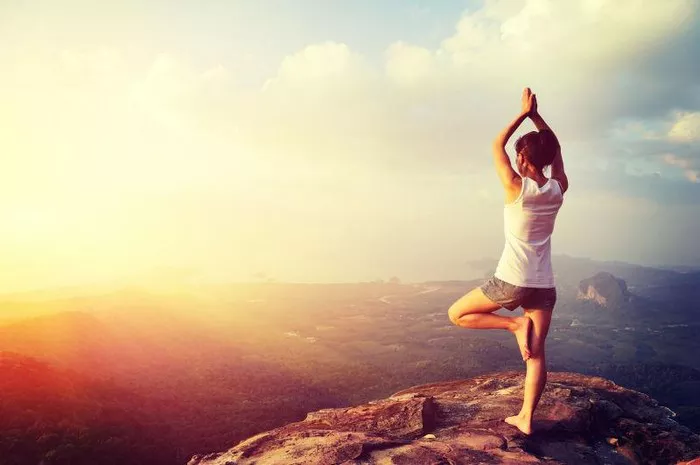In today’s fast-paced world, where stress and anxiety seem to be constant companions, finding effective methods to unwind and restore balance to the mind and body is essential for overall well-being. Among the myriad of relaxation techniques available, restorative yoga has gained popularity for its ability to induce deep relaxation and promote healing. Rooted in ancient yogic traditions, restorative yoga offers a gentle yet powerful approach to reducing stress and enhancing physical and mental health. This article delves into the science behind restorative yoga, exploring its therapeutic benefits and how it affects the body on a physiological level.
What is Restorative Yoga?
Restorative yoga is a form of yoga that focuses on relaxation and rejuvenation. Unlike more dynamic styles of yoga that involve movement and muscular exertion, restorative yoga involves holding gentle, supported poses for extended periods, typically ranging from 5 to 20 minutes. These poses are designed to allow the body to fully relax, releasing tension stored in the muscles and calming the nervous system.
The Parasympathetic Response: Activating the Body’s Relaxation Mode
One of the key mechanisms through which restorative yoga exerts its therapeutic effects is by activating the parasympathetic nervous system. Often referred to as the “rest and digest” system, the parasympathetic nervous system counterbalances the body’s stress response, known as the sympathetic nervous system. When activated, the parasympathetic nervous system promotes relaxation, slows the heart rate, and enhances digestion and immune function.
Restorative yoga triggers the parasympathetic response through a combination of gentle stretching, conscious breathing, and relaxation techniques. By engaging in slow, mindful movements and focusing on the breath, practitioners signal to the body that it is safe to relax and let go of tension. This shift from a state of stress to one of relaxation has profound effects on both physical and mental well-being.
Stress Reduction and Cortisol Regulation
Chronic stress has been linked to a host of health problems, including cardiovascular disease, immune dysfunction, and mental health disorders. One of the hallmarks of the stress response is the release of cortisol, often referred to as the “stress hormone.” While cortisol serves a vital function in the body’s response to acute stressors, prolonged elevation of cortisol levels can have detrimental effects on health.
Restorative yoga offers an effective strategy for reducing cortisol levels and mitigating the harmful effects of chronic stress. Research has shown that regular practice of restorative yoga can lead to significant reductions in cortisol levels, promoting a state of relaxation and facilitating stress recovery. By providing a safe space for the body to unwind and reset, restorative yoga helps restore balance to the stress response system, enhancing resilience to future stressors.
Enhanced Proprioception and Body Awareness
Proprioception, or the body’s ability to sense its position and movement in space, plays a crucial role in overall coordination and movement efficiency. However, modern lifestyles characterized by prolonged sitting and sedentary behavior can lead to diminished proprioceptive awareness and contribute to musculoskeletal imbalances and pain.
Restorative yoga helps cultivate proprioceptive awareness by encouraging practitioners to tune into the subtle sensations of the body. Through gentle stretching and mindful movement, individuals learn to listen to their bodies and respond to their needs with compassion and awareness. This heightened sense of body awareness not only improves posture and alignment but also reduces the risk of injury and enhances overall movement quality.
Mindfulness and Stress Reduction
Central to the practice of restorative yoga is the cultivation of mindfulness – the ability to be fully present and engaged in the present moment without judgment. Mindfulness practices have been shown to have profound effects on mental health, reducing symptoms of anxiety, depression, and PTSD.
Restorative yoga provides a unique opportunity to cultivate mindfulness through intentional movement and breath awareness. By guiding practitioners to focus their attention on the sensations of the body and the rhythm of the breath, restorative yoga helps quiet the mind and promote a sense of inner calm. This heightened state of mindfulness not only reduces stress in the moment but also enhances resilience to future stressors, empowering individuals to navigate life’s challenges with greater ease and equanimity.
Improved Sleep Quality and Insomnia Relief
In today’s hyper-connected world, many people struggle with sleep disturbances and insomnia, which can have far-reaching consequences for health and well-being. Sleep plays a vital role in cognitive function, immune regulation, and emotional resilience, making it essential for overall health.
Restorative yoga offers a natural remedy for insomnia and sleep difficulties by promoting relaxation and stress reduction. By engaging in gentle, restorative poses before bedtime, individuals can signal to the body that it is time to unwind and prepare for sleep. Research has shown that regular practice of restorative yoga can lead to improvements in sleep quality and duration, making it a valuable tool for those struggling with sleep disturbances.
Conclusion
Restorative yoga offers a holistic approach to health and healing, addressing both the physical and mental aspects of well-being. By activating the body’s relaxation response, reducing stress hormones, and promoting mindfulness, restorative yoga provides a powerful antidote to the stresses of modern life. Whether you’re seeking relief from chronic pain, stress, or insomnia, incorporating restorative yoga into your routine can offer profound benefits for overall health and vitality. So roll out your mat, settle into a comfortable pose, and let the healing power of restorative yoga guide you on a journey of self-discovery and transformation.

























